I have a set of microarray data, and I would like to represent it according to the attached figure (done with PowerPoint). I have tried the various packages available for R (VennDiagram, venneuler, limma). However, I was not able to draw the data proportionally or showing the values.
Does anyone have an idea how to do it?
Code to play with can be found below!
Thank you!
# you might need these:
source("http://www.bioconductor.org/biocLite.R")
biocLite("limma")
library(VennDiagram)
library(limma)
library(venneuler)
# Trial 1: Kind of proportional but difficult to customize for labels and other stuff
su <- venneuler(c(A=162, B=104, C=86, "A&B"=206, "A&C"=112, "B&C"=90 ,"A&B&C"=2433))
plot(su)
# Trial 2: looks nice but not proportional
hw <- c(F,F,F,F,T,T,T,T)
hm <- c(F,F,T,T,F,F,T,T)
hr <- c(F,T,F,T,F,T,F,T)
c4 <- cbind(hw,hm,hr)
e <- vennCounts(c4)
e[1:8,4] <- c(3193,86,104,90,162,112,206,2433)
vennDiagram(e)

